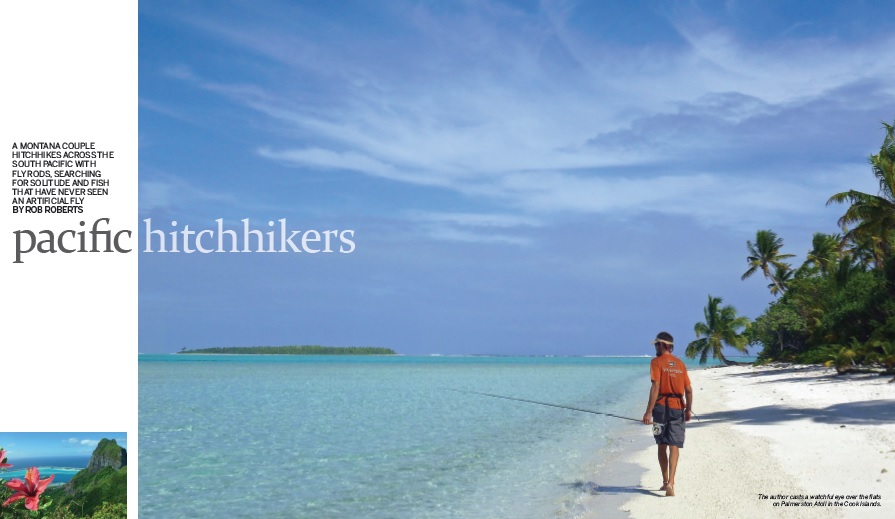Part Two in a multi-part series on my observations of the state of the South Pacific fishery. Click here to read Part One.
It had become a sunset ritual to swim along the shallow reef off Fofoa, an island on the western edge of Vava’u where Rob and I stayed for a week. I liked to see what was new each evening, and if I could find my favorite fish from the previous evenings: a nosy orange clownfish that left its anemone to check me out, a few small blue trevallies cruising for prey, a big red soldierfish that hid under a coral shelf.
The fish along this inside reef weren’t huge. And the diversity of species wasn’t as high as we’d seen off remote islands in the South Pacific. But it was a vibrant little reef, which have been hard to find our first couple of months in Vava’u. I’d even seen a couple of blacktip sharks cruising the shallows this morning, and predators are always a good sign of a healthy ecosystem.
As I swam back to the beach in the fading evening light, I turned to see an old fishing boat behind me. Four Tonganas were aboard, getting ready to cast a net overboard. Damn, I thought. There go all my fish. I turned to ask Jack, the 11-year-old resident we were visiting on Fofoa, if he knew who was in the boat and how often they came.
“Oh, they’re from Hunga, the neighboring island. The come all the time to fish here,” he told me through his snorkeling mask.
Back at the house in the fading light, I stared at the floats that held the 100-meter net suspended just below the deck. It would stay there until at least dawn, passively trapping all the fish I visited each evening. It bothered me that all those fish were floundering in the net, their gills caught, struggling and flailing and gasping for deliverance. I felt their struggle viscerally. I wanted to go cut through that net and free the fish.
But I talked myself out of my monkey-wrench urge, reasoning that the Tongans from Hunga have been fishing this spot for thousands of years, and I have no right to deprive them of dinner. According to this recent Seattle Times article (discovered thanks to one of our blog readers), one-sixth of animal protein consumed by humans comes from marine fish — in many remote villages here in Tonga, nearly all of their protein comes from fish.
I love to eat fish, and we’ve caught our fair share this past year. Yet something about that net niggled at me all night. It left me feeling disappointed, frustrated, sad, angry. No amount of reasoning erased my feelings, even if I logically understood the social or economic need for catching and eating fish.
The net was gone before sunrise. My morning investigation found that the reef still had fish. Fewer, no doubt, but plenty of colorful critters flitting about. That afternoon, we kayaked through the lagoon to visit friends on neighboring Hunga island. As Caroline doused us with delicious coffee and passion fruit, she and her husband talked about the changes they’ve seen over the past 14 years in the waters off Tonga: mega-long-liners from Japan that caught hundreds of mahi-mahi each day, leaving none of these beautiful fish in Vava’u for two years. No more spinner dolphins visiting the lagoon. Fewer turtles, since the locals eat any they find. Over 200 fishing ships en-route from China this year, each one measuring 400 feet long with its own fish processing and packaging plant aboard.
Suddenly, when faced with 200 commercial fishing boats offshore, the measly 100-meter net that hung off the beach last night didn’t seem so bad. The overall state of the ocean fishery, however, felt even more dire. (Watch the video below for a great synopsis of what’s up in the seas.)
The depletion of our oceans makes me feel helpless. And hypocritcal, since I enjoy my fish. Even if I boycott everything but what Rob and I catch ourselves, how do I deal with the knowledge of dwindling fish populations? And what about the other several billion people in the world that eat fish regularly, who depend upon fish to survive?
Can the oceans keep up with human demand? Not at this rate. Not with this technology, that allows us to catch, kill, clean, package and ship to your plate in the blink of an eye.
Something’s gotta give.




